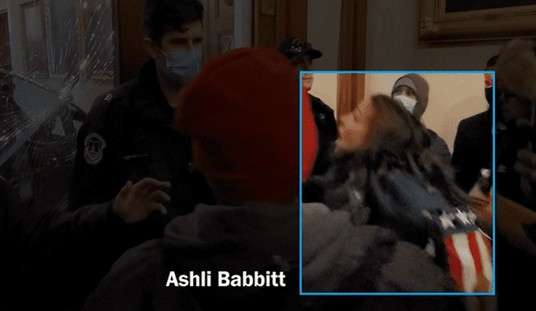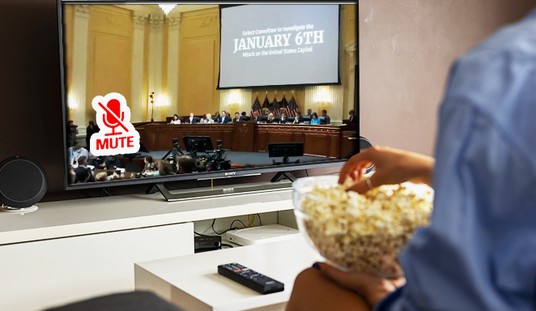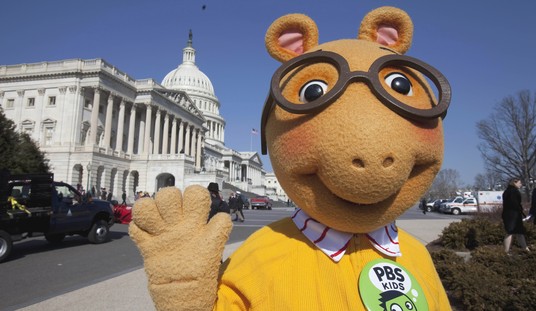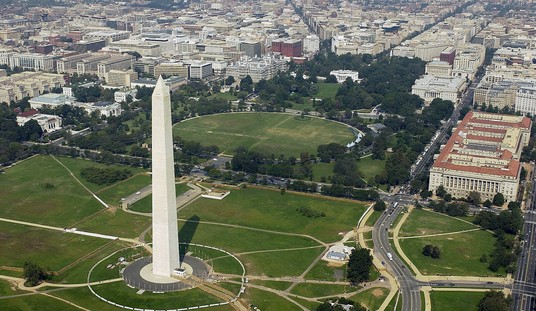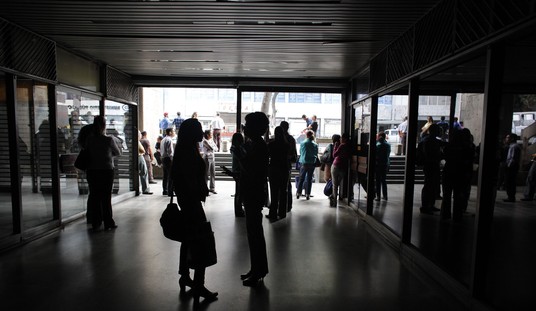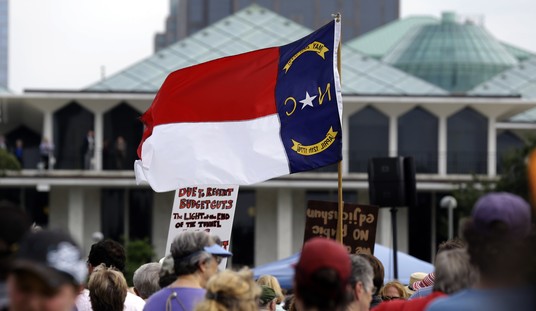The revelation that a group called the Global Disinformation Index (GDI) was trying to censor conservative and libertarian news outlets by attacking their ad revenue made a huge splash on the airwaves and interwebs. The organization had published a report listing these outlets so that advertising companies would not run commercials on their platforms. It was a blatant example of a politically-motivated effort to silence right-leaning voices on the internet.
Now, we know who compiled that report for the GDI.
The University of Texas at Austin’s Global Disinformation Lab (GDIL) is facing criticism for helping the GDI classify conservative media outlets as “disinformation” sources, according to The Federalist. The GDIL, funded by taxpayers, collaborated with the GDI to create a report titled “Disinformation Risk Assessment: The Online News Market in the United States.”
The report targeted conservative outlets like the Washington Examiner, The Federalist, and the New York Post as the “riskiest” sources of disinformation. GDI used these risk ratings to guide advertising technology companies in avoiding support for these supposed high-risk websites.
The Global Disinformation Lab (GDIL) is a research unit affiliated with the University of Texas at Austin. Its primary focus is to study and analyze disinformation and its impact on society. The GDIL collaborates with various organizations, such as the Global Disinformation Index (GDI), to assess and categorize media sources based on their perceived risk of disseminating disinformation.
The Federalist’s report notes that the student assessors in the GDIL were poorly trained and struggled to meet project deadlines, raising concerns about an alleged anti-conservative bias within the lab:
The students received minimum training for the project. When GDIL struggled to meet the deadlines, the lab manager, Sally Dickson, stepped in to help with the ratings, with everyone rushing the reviews of the various media outlets. At the conclusion of the project, UT Austin retained the surplus funds GDI was paid for the work.
There were also indications that those working on the project sought to influence the outcome of the 2022 midterm elections:
Also disconcerting is that GDI pitched the project to GDIL with the goal of completing the report before the midterms. In recruiting students for the project, GDIL boasted the “work will be immediately valuable” because GDI wants “this to make waves ahead of the midterms,” suggesting the shared goal was to affect the 2022 election.
Internal communications among GDIL staff revealed discussions about potential backlash from right-wing outlets targeting GDI. Dickson expressed concern over whether any repercussions would come back to the lab after the Washington Examiner published a series of reports exposing the GDI’s censorship efforts.
The GDIL’s executive director, Michael Mosser, dismissed the concern, stating that if the situation escalated, there would be little they could do about it. Some student workers raised questions about the objectivity of the project’s methodology, stating that reviewers had to give subjective scores in response to objective trends, potentially undermining the project’s objectivity. They also emphasized that misinformation could go beyond incorrect information or fact-checking policies, encompassing the context and biases in which articles are written.
To sum it all up, the University of Texas in Austin played a key role in an overall scheme to prevent right-leaning news outlets from earning ad revenue. This project had nothing to do with “disinformation,” which has become a catch-all term to describe any viewpoints that do not line up with progressive orthodoxy. The students who worked on the project were nothing more than weapons being wielded on behalf of the authoritarian left, which has sought to suppress, silence, and censor speech that is not favorable to their cause.
Labeling conservative media outlets as “disinformation” sources and categorizing them as “risky” can have serious implications for free speech and media pluralism. By providing risk ratings to advertising technology companies, GDIL and GDI effectively create a mechanism that can result in the suppression of certain media outlets, which is precisely the intent behind these efforts.
Even worse, the authoritarian left is using the money the government takes from the people to fund this agenda. The involvement of a taxpayer-funded university, the University of Texas at Austin, in GDIL’s activities further raises concerns about the politicization of academic institutions. The use of public funds to support research that potentially targets and marginalizes specific media outlets based on ideological biases is the stuff of Orwellian nightmares. It is hard to imagine that this could situation could get even more terrifying – but there will probably be even more revelations coming up in the near future.


